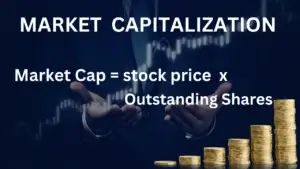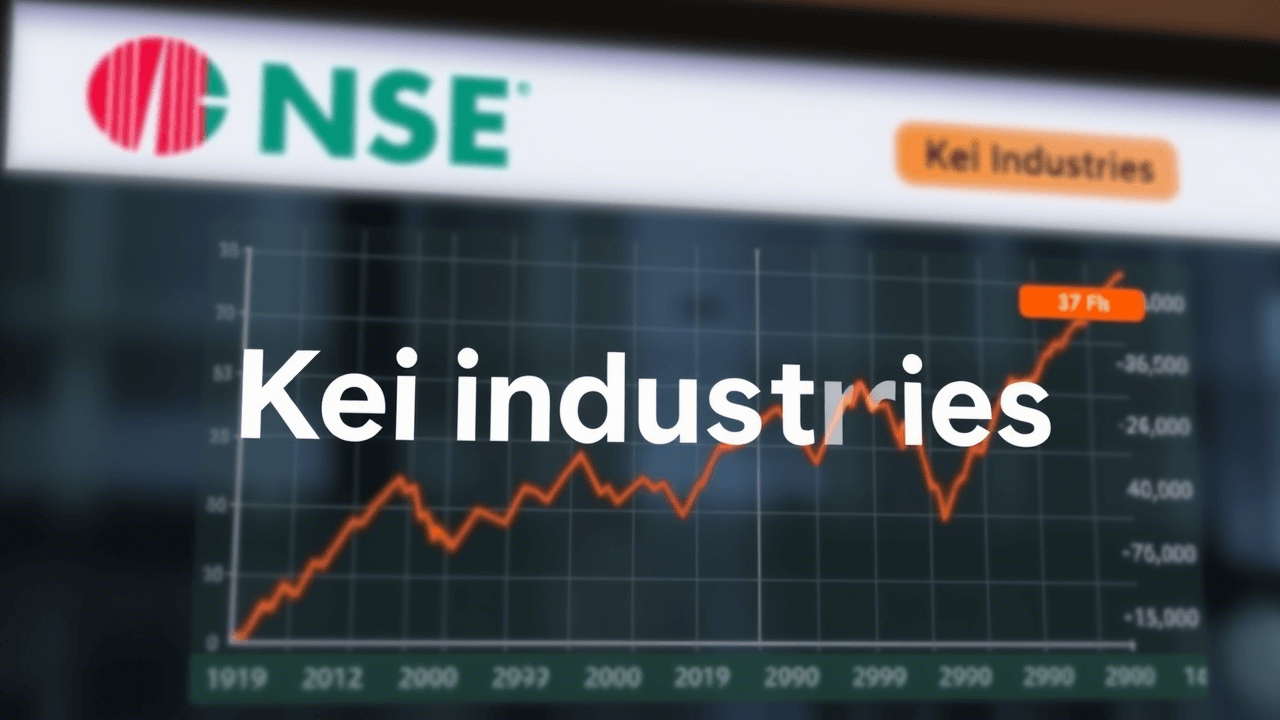
In the dynamic and ever-evolving world of the stock market, investors encounter a myriad of terms and concepts that can be both intriguing and perplexing. One such term that holds significant importance is Market Cap. In this extensive guide, we will delve into the depths of what is a market cap in the stock market, exploring its definition, calculation methods, significance for investors, and its correlation with stock performance.
Understanding Market Capitalization:
Market capitalization is a fundamental metric used to measure the total value of a public trade of company shares . It is derived by the company current stock price multiply with the total number of shares. This simple formula yields a numerical representation of the company’s size and worth in the market.

Types of Market Capitalization:
Market cap is commonly categorized into three main groups, each providing valuable insights into a company’s positioning within the market:
1.Small-Cap:
Small-cap companies have market cap range from $300 million to $2 billion. These companies are considered more volatile but may present opportunities for high growth.
2.Mid-Cap:
Mid-cap companies fall within the range of $2 billion to $10 billion in market cap. They are viewed as a middle ground between small-cap and large-cap stocks, offering a balance of growth potential and stability.
3.Large-Cap:
Large-cap companies have market cap more than $10 billion. These companies are often established, stable, and widely recognized, making them attractive to conservative investors seeking stability.
Significance for Investors:
Market capitalization plays a crucial role in investment decisions, influencing the risk and return dynamics of a portfolio. Understanding the significance of market cap can empower investors to informed based on their financial goal and risk tolerance.
- Risk and Return: Generally, smaller companies with lower market caps are perceived as riskier investments but may offer higher growth potential. On the other hand, larger market cap companies are more stable but may present limited growth opportunities.
- Investment Style: Investors often align their investment strategies with specific market cap categories. Growth investors may lean towards small-cap stocks, anticipating substantial returns, while value investors may focus on large-cap stocks that are perceived to be undervalued.
- Sector and Industry Trends: Market capitalization also varies across different sectors and industries. Understanding these trends can aid investors in identifying opportunities and assessing the overall health of specific sectors.
Calculating Market Capitalization:
To calculate market capital is current stock price of company multiply with total number of shares. It’s important, market cap is a dynamic metric, changing with fluctuations in stock prices and the issuance of new shares or buybacks.
Market Cap = Current Stock Price * Outstanding Shares
Challenges and Limitations:
While market capitalization is a valuable metric, it is not without limitations. Investors must be aware of these challenges to make well-informed decisions:
1.Volatility and Speculation:
Small-cap stocks can be highly volatile, subject to market speculation and sentiment. This volatility can lead to rapid price fluctuations, impacting the accuracy of market cap as a measure of a company’s true value.
2.Dilution and Share Buybacks:
Changes in the number of outstanding shares, through dilution or share buybacks, can significantly influence market cap. Investors need to consider these factors when interpreting market cap data.
3.Overlooking Fundamental Analysis:
Relying solely on market cap may overlook other critical factors in fundamental analysis, such as earnings, revenue, and debt levels. A holistic approach is essential for a comprehensive understanding of a company’s financial health.
Practical Applications for Investors:
Armed with a solid understanding of market capitalization, investors can apply this knowledge to enhance their decision-making processes:
1.Diversification:
Utilize market cap categories to diversify your portfolio effectively. A well-diversified portfolio may include a mix of small, mid, and large-cap stocks to balance risk and return.
2.Risk Management:
Tailor your investment strategy to align with your risk tolerance. If you can withstand higher volatility, small-cap stocks may be suitable, while risk-averse investors may prefer the stability of large-cap stocks.
3.Long-Term vs. Short-Term Goals:
Consider your investment horizon and financial goals. Small-cap stocks may be appealing for long-term growth, while large-cap stocks may offer stability for short-term objectives.
4.Industry and Sector Analysis:
Evaluate market cap trends within specific industries and sectors. This analysis can provide insights into economic trends and potential investment opportunities.
Conclusion for what is a market cap in the stock market:
In conclusion, market cap is a fundamental concept in the stock market that empowers investors with valuable insights into a company’s size, risk profile, and growth potential. By understanding the nuances of market cap and its implications, investors are inform aligned with their financial goals and risk tolerance. Remember that market capitalization is just one piece of the puzzle, and a holistic approach to investment analysis involves considering a range of factors. As you navigate the complexities of the stock market, integrating market cap analysis into your toolkit will undoubtedly contribute to a more comprehensive and informed investment strategy.
you also read :






